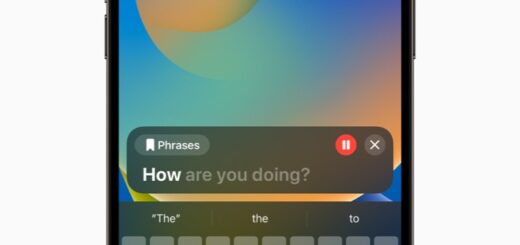When was Apple TV invented?
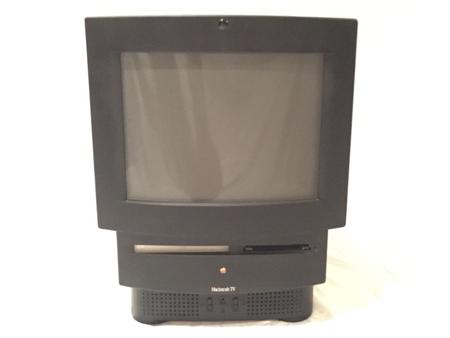
This was the Macintosh TV, introduced in 1993 (sorry about the poor picture)
Apple first announced development of what we now know as Apple TV back in 2006, introducing the first-generation product one year later in 2007, but the company’s adventures in television have a much longer history:
Apple and television: A short history
Apple first introduced a system that integrated TV in 1993 when it launched the Macintosh TV.
This had a 14-inch display and a TV tuner card, but didn’t really catch on: just 10,000 were sold and the product was discontinued one year later.
The company tried another approach in ’94, this time the Apple Interactive Television Box.
Developed with BT and Belgacom, this product never went on sale, though it was tested across the U.S. – you still occasionally see one of the test units pop up on eBay.
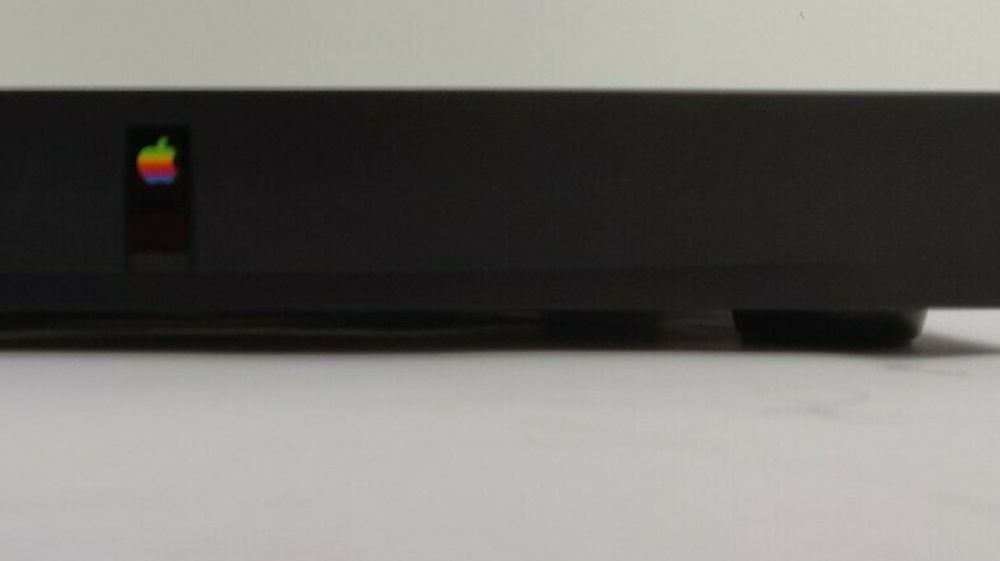
The rainbow logo on the Apple Interactive Television Box
If you look, you’ll see that the product was typically Apple minimal, with a rainbow Apple logo on the front, a power button and a selection of outputs on the back: Power, SCSI, Scart, RF In/Out, Serial, S-Video, Audio and ethernet ports. Anecdotally, I guess the idea was to develop a box that might work as a cable TV box, but we’ll probably never know for sure.
In 1996, Apple also introduced the 20th Anniversary Mac, an expensive (and at the time impressive) system that was also equipped with a TV Tuner.
Just before Steve Jobs returned to Apple in the late 90’s, Apple managed one more attempt at the market when it launched the Apple Bandai Pippin, which combined a gaming console with a networked computer running a trimmed down version of System 7.
Mainly intended as a gaming machine, around 40,000 units were sold and 20 games products, mostly in the APAC market. Apple’s series of failures in the space reflected a wider series of problems at the company, which was quite literally at death’s door before Jobs’ took back control and steered the company to better success.
But Apple’s TV ambitions hadn’t gone away.
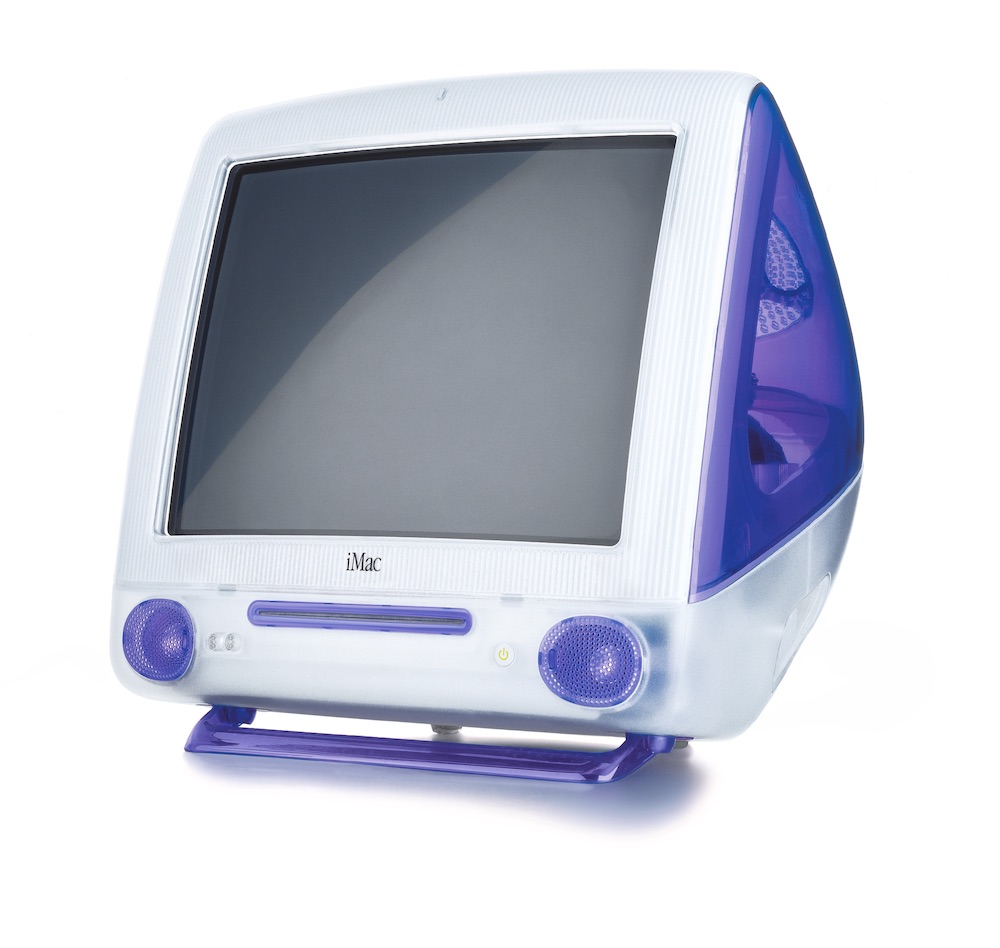
This was the iMac DV. Apple was always into video.
The Mac came back
Apple’s legendary introduction of the iMac and the subsequent release of the legendary iBook and the company’s decision to adopt Wi-Fi helped the ailing company return to profitability.
The company also moved to replace its then antiquated operating system with one derived from the Unix-based NeXT that Jobs bought back to Apple with him.
This operating system proved far more resilient and capable than competitors, and its existence enabled Apple’s subsequent migration to Intel processors, will empower its move to Apple Silicon, and also powers the current edition of Apple TV.
The resurgence and popularity of the Mac consolidated Apple’s loyal user base. Meanwhile the evolution of the Internet set the scene for other important products which enabled the company’s move into television: The iPod and Final Cut Pro.
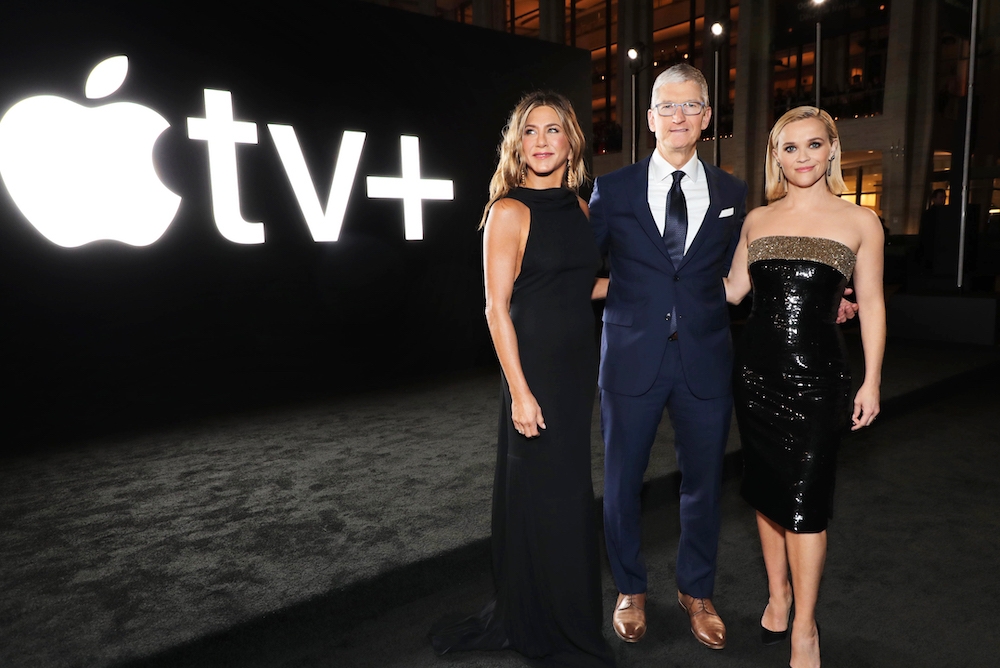
A unique combination.
The iPod and Final Cut Pro
Developed by Macromedia and purchased by Apple, Final Cut has is now used by a variety of video hobbyists, TV production studios and film and movie editors.
Its existence has enabled Apple to develop system-level support for complex video creation and output, which in itself feeds into its work with streaming movies and TV – and helped it build relationships among content creators.
It also helped Apple define its Mac as the quintessential machine for video, with iMovie which shipped with every Mac. Windows was notoriously bad at video at that time.
The iPod hit a market that was hungry for music.
The release saw queues outside retail stores worldwide, and the subsequent introduction of Windows support at a time when thirst for digital music was so strong quickly turned the Apple product into arguably one of the most defining products of the early 21st Century.
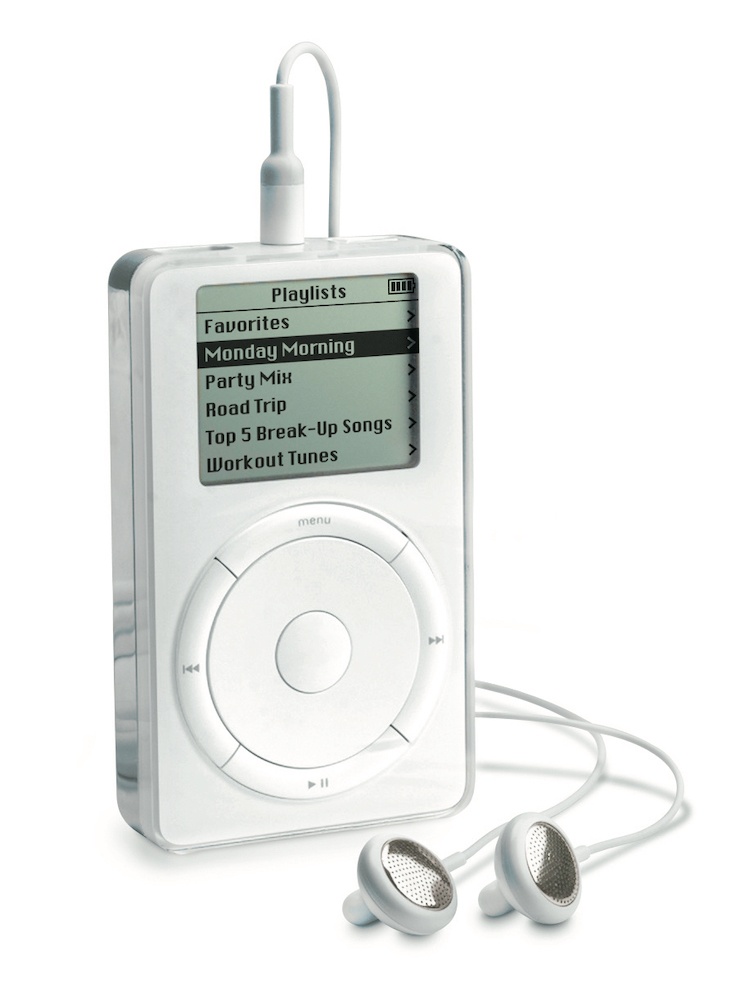
Who can forget the classic iPod?
Of course, iPod needed a music management system, which is why Apple acquired Soundjam, which it rebranded as iTunes. The company soon reached a series of deals with music studios that enabled it to offer up legal music for sale via the iTunes Store.
This very soon added TV shows and movies to the offer, at which point every Mac and later products including iPhone, iPad and iPod Touch, became multimedia machines.
It was helpful at that time that Apple CEO Steve Jobs was able to bring in Disney’s support thanks to his ownership of popular movie studio, Pixar, which he sold to the Mickey Mouse company.
This was the context in which Apple began development of Apple TV in 2006, combining technologies from across the company to create the first Apple TV. Jobs proclaimed the product “a DVD player for the 21stCentury”.
Meet Apple TV
At time of writing there have been five key models of Apple TV.
These include the original larger grey box equipped with a solid-state drive running a cut-down version of OS X introduced in 2007.
They also include the smaller, slate grey models we see now, launched in 2010, 2012, 2013, 2015 and 2017. All models bar the first have used Apple’s own processors, currently the A10X Fusion chip.
The company is widely expected to introduce a more powerful model of Apple TV designed to provide better support to more sophisticated gaming experiences in Apple Arcade and to be equipped with a faster processor.
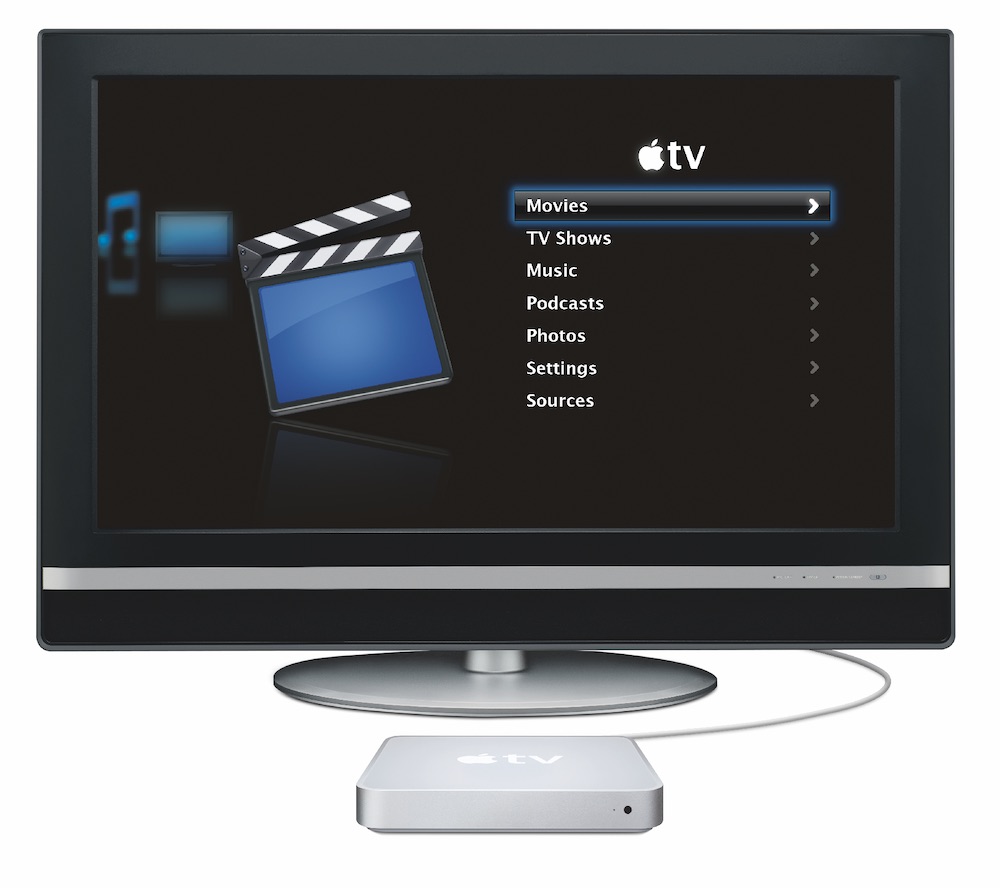
This was the original Apple TV interface when it was a grey box.
Where next for Apple TV?
We can track a pattern for the company’s TV ambitions all the way back to 1993.
The dream has surely guided the company as it introduced its product and has now built a powerful ecosystem of products and third-party items and software to support the plan.
Not only can you now access Apple’s Apple TV software from within competing streaming devices and inside smart televisions from most major manufacturers, you can also access the interface from every other Apple product.
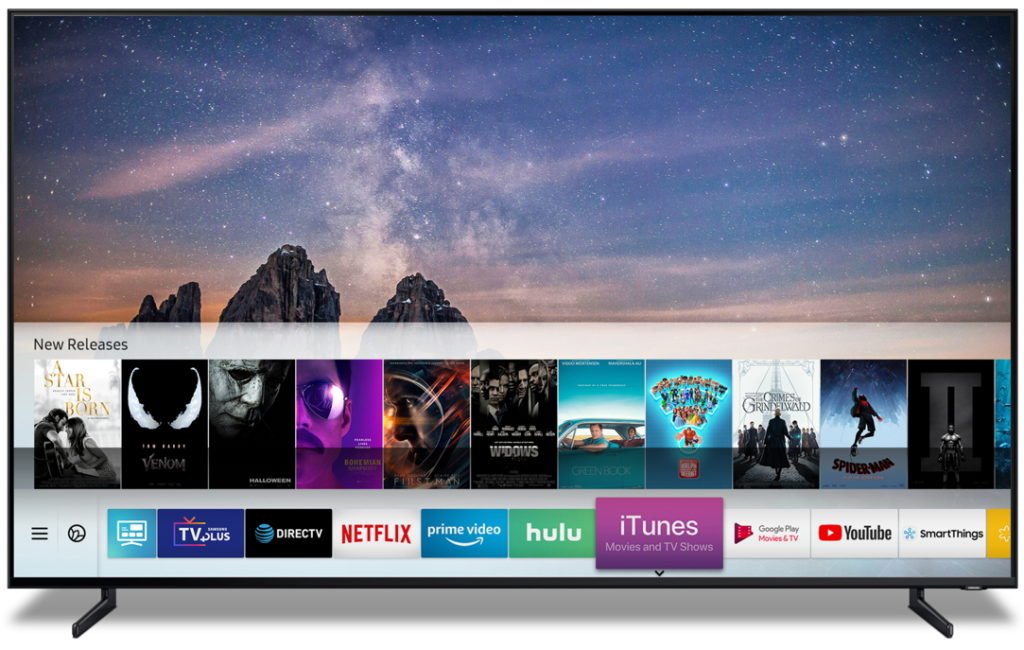
Even Samsung’s TV’s now run Apple TV (though this early PR image gives it a different name).
The move has also seen Apple transition its plans around the hardware used in Apple TV. Yes, it offers its own TV box, but it also offers a range of compelling services, some of which you can also access using the software from any supporting device.
While the integration varies with some makers, these include Music, Apple TV+, iTunes. You can watch content using an Apple TV from Apple, Netflix, Amazon, HBO, Disney and many others.
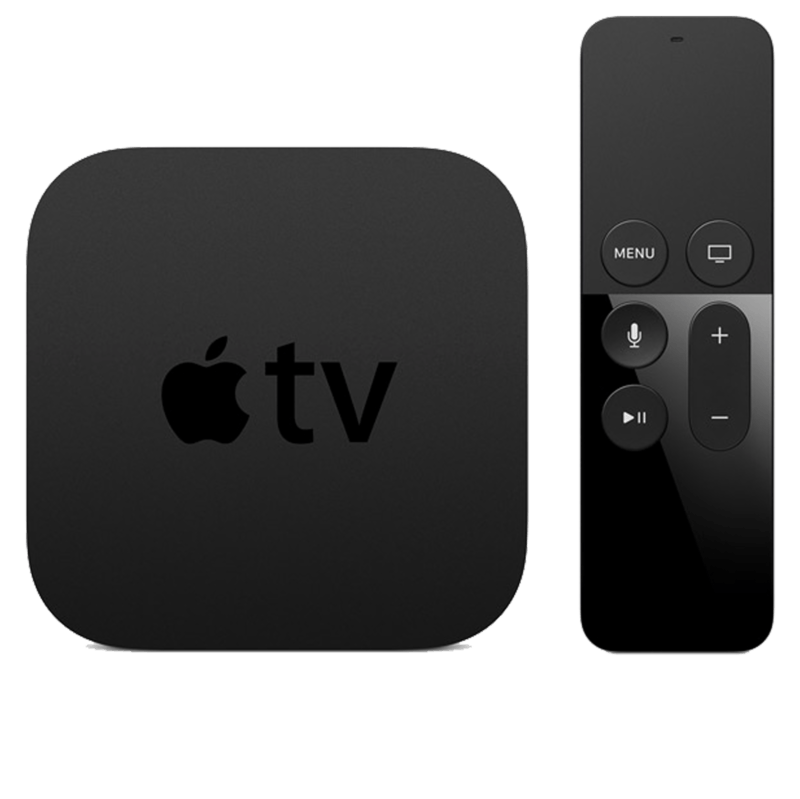
The Apple TV today
Apple TV Plus: The content conundrum
The company is also evolving its own OTT media service with Apple TV Plus. It continues to make huge investments in this space, and it is thought that service will deliver a wide range of original blockbuster TV shows and series, all with an Apple TV brand.
These will be available across all supported devices. One thing the company doesn’t do is offer a TV set – but perhaps there’s little profit in doing so, given that market is thoroughly well-served.

Apple TV Plus movie, Greyhound
Another strand in the company bow is seen in slowly emerging deals with a handful of cable TV operators,who now offer Apple TV to customers as an alternative to the regular set-top box.
Where next? Apple is attempting to a double-pronged approach to carve out space in the heavily competitive industry, perhaps it has a few more ideas for what we can expect from an Apple TV.
Comments? Observations? Insights? Stories, or items you think I should have mentioned? Please share them in comments below.
Please follow me on Twitter, or join me in the AppleHolic’s bar & grill and Apple Discussions groups on MeWe.


